Yemenite Hussites: handicraft and a “zoo” against developed armies
The most interesting participant in the civil war in Yemen is the militarized organization Ansar Alla, whose members are also known as Hussites. This organization is a real army, but in terms of the material part it is noticeably behind the opponents, primarily from foreign interventionists. However, this does not prevent successful continuation of battles and retention of occupied areas.
Sources and supplies
For the first time the so-called Hussites entered into open battles with government forces in 2009, and since then the conflict has faded and flared up several times. At the time of the first clashes, the Hussites were a simple local militia with limited material capabilities. At their disposal was a diverse rifle weaponas well as civil engineering vehicles. The latter was often rebuilt into artisanal armored cars.
According to various sources, already at that time, Ansar Alla began to receive support from abroad. Iran and Hezbollah are interested in developing and strengthening this organization, which eventually resulted in the transfer of money, the supply of various military equipment, the sending of military advisers, etc. Other countries suspect that the Hussites are helping.
In general, until 2014, Ansar Alla received only limited assistance, but it was enough for current tasks. With the outbreak of civil war, the situation changed, and the needs and requirements grew. And during this period, the Hussites received new sources of weapons.
So, already in 2014, some parts of the armed forces of Yemen refused to obey the government and switched to the side of the Hussite rebels. Together with them, the militarized organization received weapons, equipment, bases, etc. Active fighting, in most cases successful, contributed to the capture of many trophies. At first, it was only about the materiel of the Yemeni army, but then the Hussites began to seize the property of the interventionists. In addition, against the backdrop of active hostilities, increased assistance from unspoken allies.
From Yemen to Yemen
According to the results of all these events, the basis of the Hussite materiel is the former property of the armed forces of Yemen. This army on the eve of the war could not be called modern and well-equipped, and in the future the situation seriously worsened. However, the new owners had enough of such trophies.
From the army in "Ansar Alla" got a certain amount tanks of various types, from T-34-85 (at one time one of these machines became a reporting star) to T-72, with the T-54/55 being the most popular on the battlefields. Yemen was armed with hundreds of armored personnel carriers of Soviet, American, own and other production, as well as a significant number of Soviet BMP1 and BMP-2. There was self-propelled and towed field artillery, MLRS, anti-aircraft and anti-tank weapons, operational-tactical missile systems, etc.
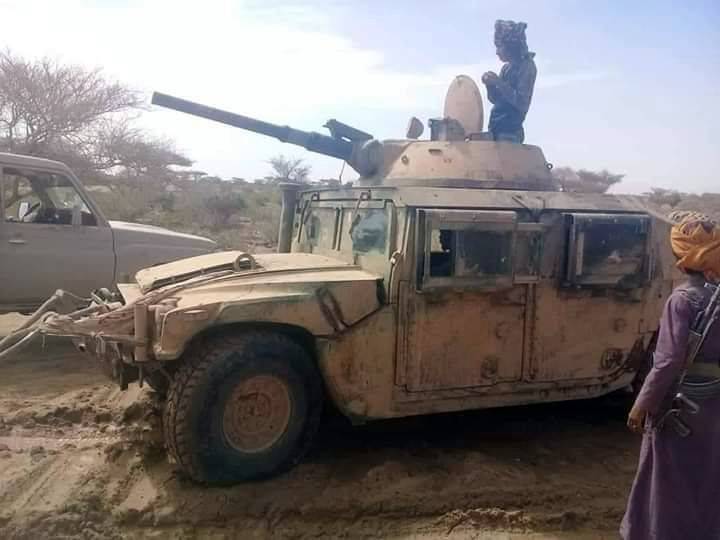
In connection with the general specifics of the wars, it is not possible to assess how much equipment remained with the old masters, and which became trophies. However, it is obvious that the amount of weapons and equipment received is enough to successfully confront the remnants of government troops, and then the interventionists.
The most important "internal" resource was the country's fleet. The maximum possible number of cars is “mobilized”, and a significant part of them are turned into military vehicles. The result of artisanal work are armored cars or equipment with artillery rocket or small arms.
As in the case of other local conflicts of recent decades, artificially armed cars have become almost the main force of the formations. This technique is quite simple to manufacture and operate, and also combines high mobility with sufficient firepower.
Using available resources, weapons are produced and reworked. As in other Middle Eastern countries, a variety of "balloons" and other impromptu crafts with reasonable firepower gained some popularity in Yemen. More zealous masters even manage to make air defense systems based on captured air-to-air missiles. Attempts are being made to create mass production of one kind or another.
Actions on water do not go unnoticed. The Hussites do not build a full-fledged fleet, but they have anti-ship missiles, boats for various purposes, and even remotely controlled firewalls. All this was repeatedly used against enemy ships with noticeable results.
Abroad will help them
With the onset of a full-blown conflict, assistance from abroad did not stop and, on the contrary, intensified. Various weapons through clandestine channels come from friendly Iran, as well as from Hezbollah. Foreign sources mention possible assistance from the DPRK - directly or through intermediaries.
There is reason to believe that the Hussites receive various small arms and other infantry systems from the Allies. Deliveries of more sophisticated weapons are also possible. Thus, Ansar Alla forces regularly strike at remote targets of the Arab coalition, for which they need missiles with sufficient characteristics. It is believed that such weapons cannot be made in artisanal conditions and come from Iran.
A kind of channel of foreign “assistance” is the capture of trophies from the armies of the interventionists. Due to this, the Hussites during the years of conflict managed to get dozens, if not hundreds of pieces of artillery and armored vehicles. At the same time, not all trophies are put into service. So, the M1 Abrams tanks, still suitable for further use, were repeatedly blown up for ideologically correct agitation.
Limitations and Benefits
Thus, as of the beginning of an open conflict, the Ansar Alla organization is still a very specific sight from the point of view of material security. Outwardly, it does not look like an army, although it has a similar structure. In addition, despite all the peculiarities, she is quite well armed and long ago left the state of a simple militia from the local population.
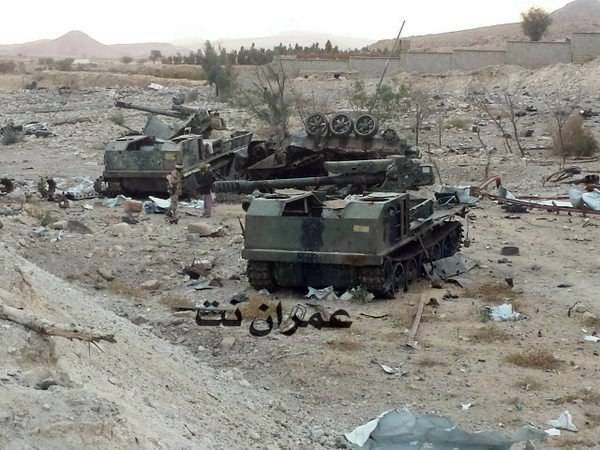
The Hussites are armed with a wide range of weapons, from light rifle systems to operational-tactical missiles. There is a variety of equipment, from armed pickups to tanks. As the course of the war shows, this is quite enough to counter even a developed enemy in the form of several foreign armies with modern weapons.
Such a development of events in which a more developed adversary regularly fails, has several explanations. To a large extent, the success of the Hussites is facilitated by the numerous mistakes of the coalition. Having a modern materiel, the Arab armies cannot competently use it and get the corresponding advantages. At the same time, they have to work on foreign territory, where the enemy feels more confident.
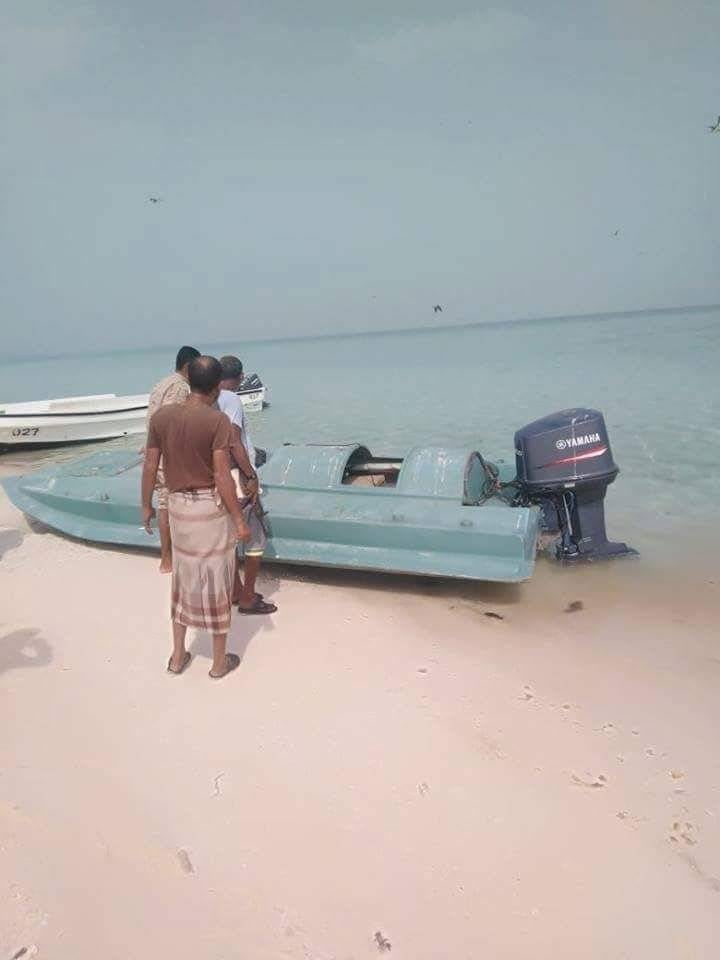
Husites, unlike the interventionists, know the area and enjoy the support of the population. In addition, Ansar Alla effectively uses external assistance. Literate plans are drawn up independently and with the help of foreign experts, and the training system for fighters and commanders is also being improved. All this leads to an increase in the combat effectiveness of the formations as a whole.
Seize opportunities
For objective reasons, the Hussites cannot build a full-fledged army with all its attributes, including a developed rear with the production of necessary products and logistics. They have to rely only on limited opportunities associated with local resources, trophies and foreign supplies. It is for this reason that Ansar Alla does not look much like the more developed armies of the intervention countries.
A characteristic difference from the enemy is the uniform “zoo” in the material part without any serious unification or standardization. However, such forced measures give the desired result: the Hussites use the available opportunities, defend themselves and attack. All this once again reminds that, in addition to military-industrial innovations, there are other components in victories. And in this regard, the Yemeni militia is much stronger than foreign armies.
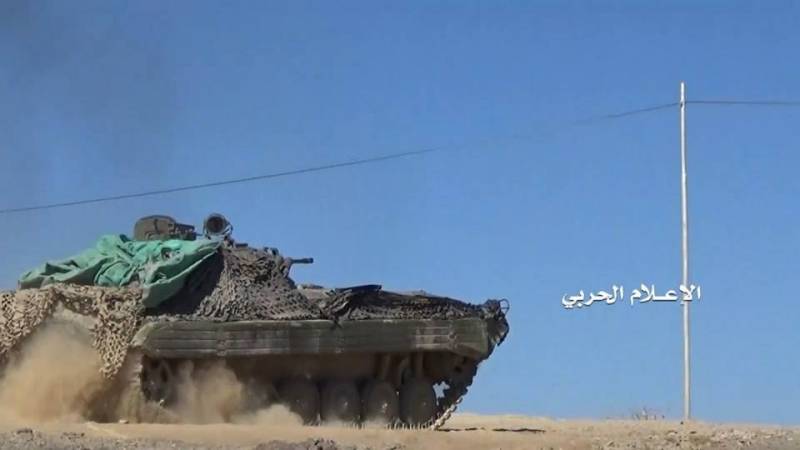
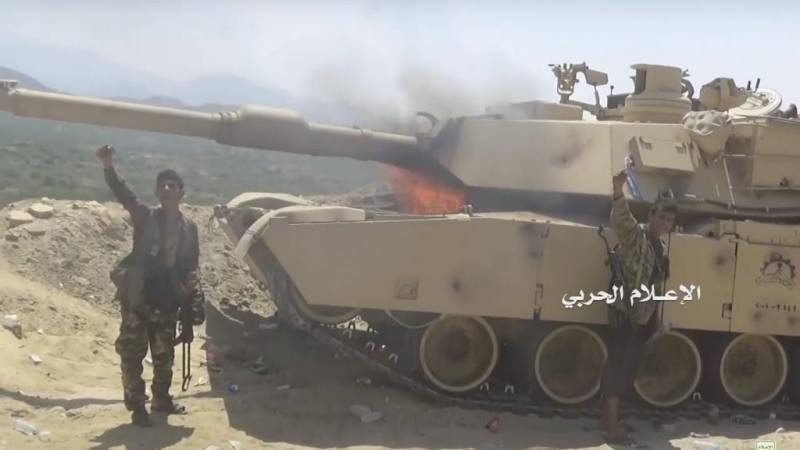
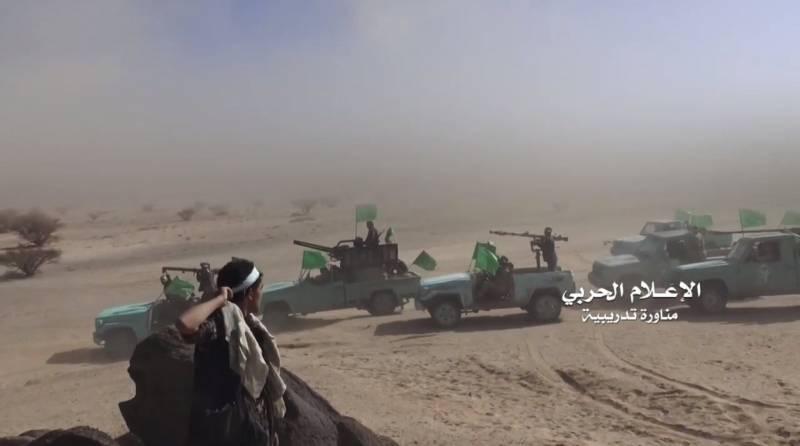
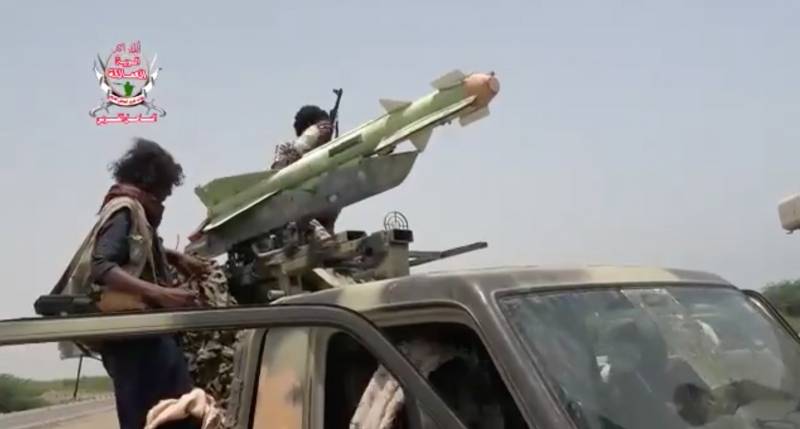
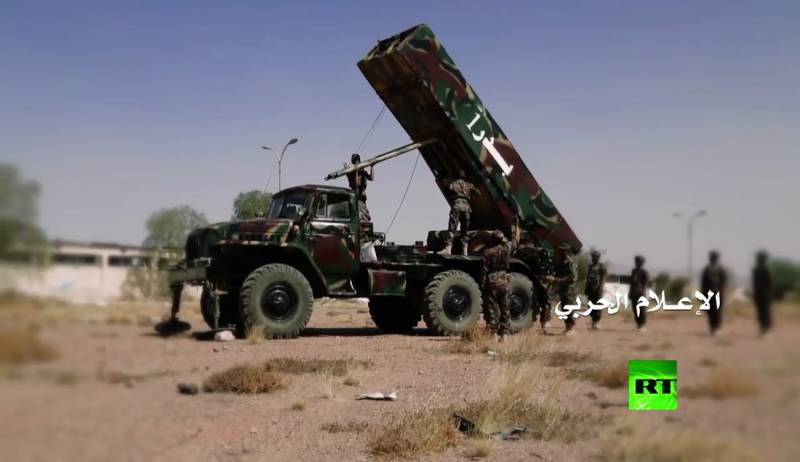
Information